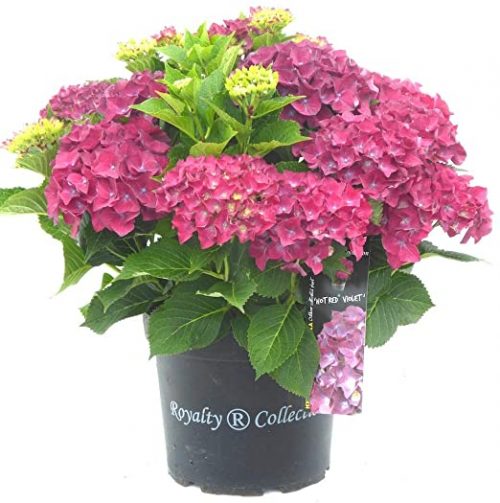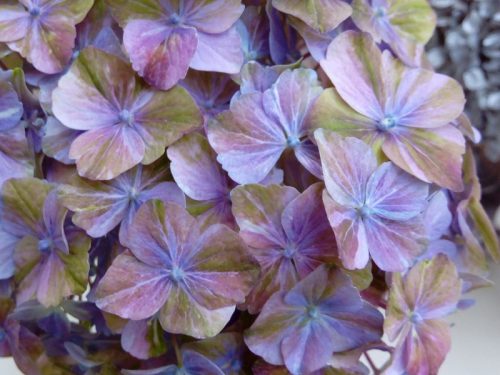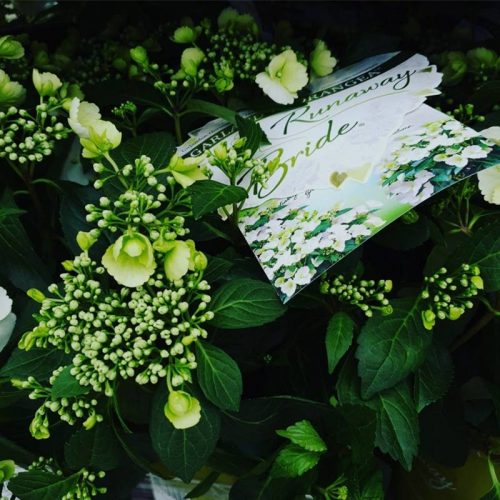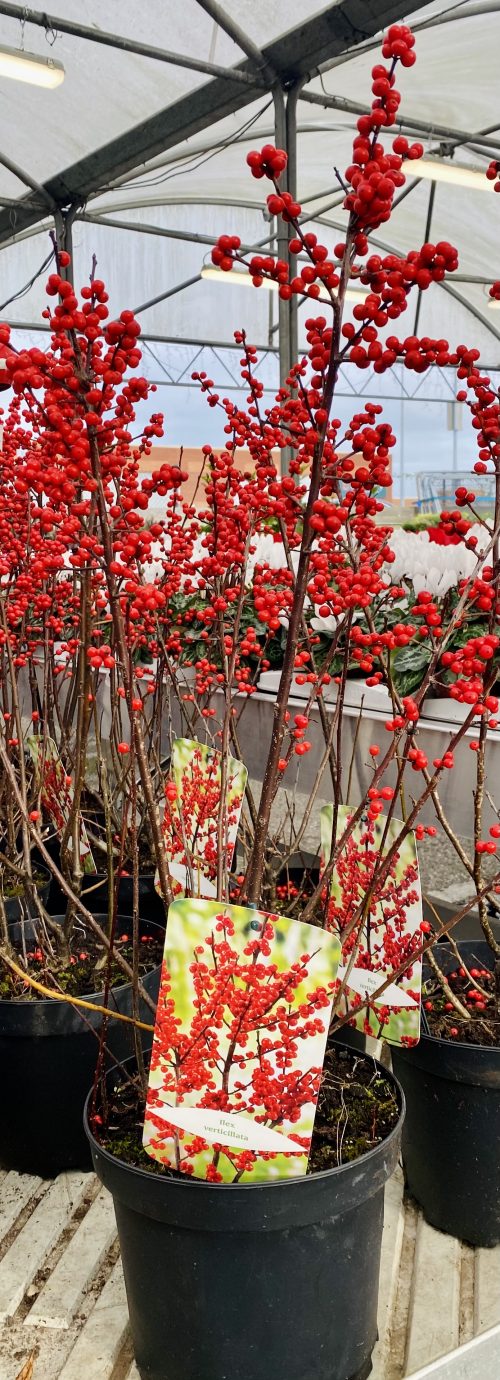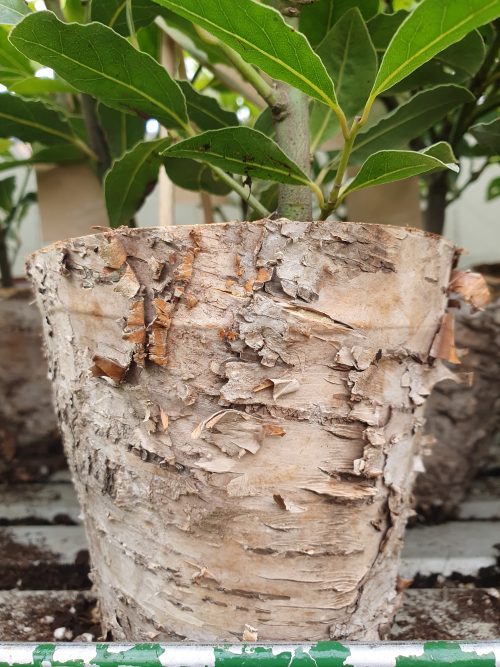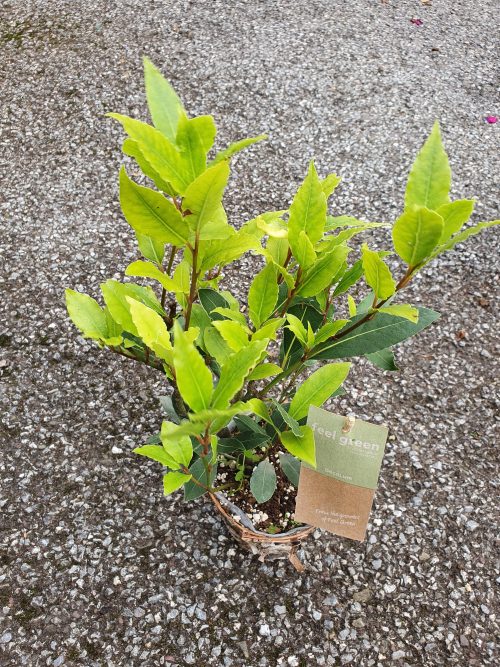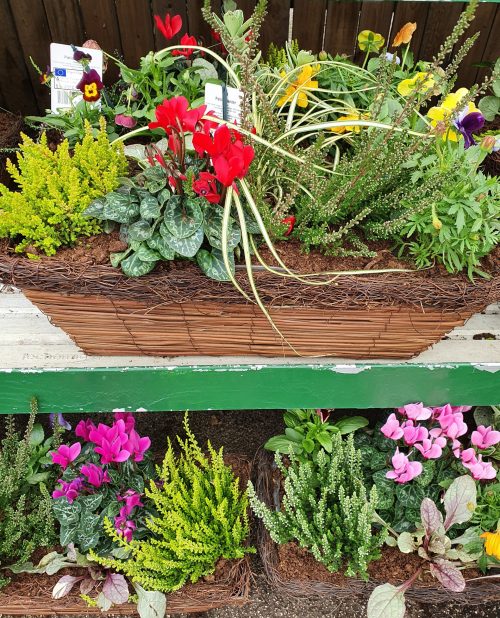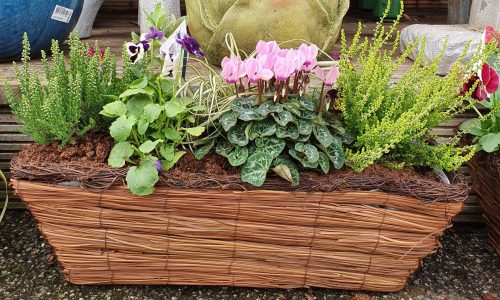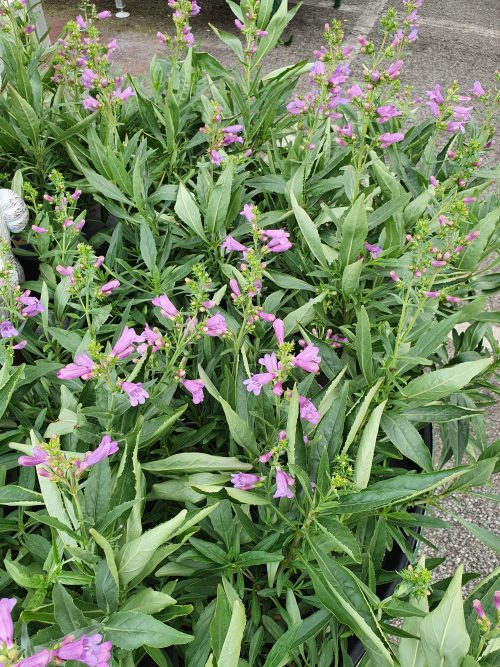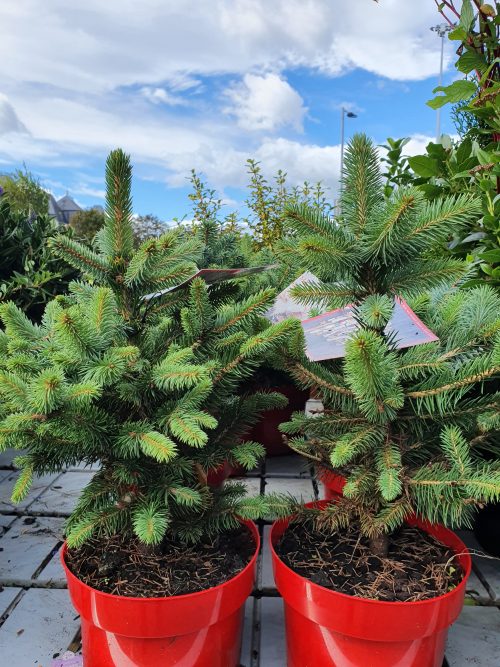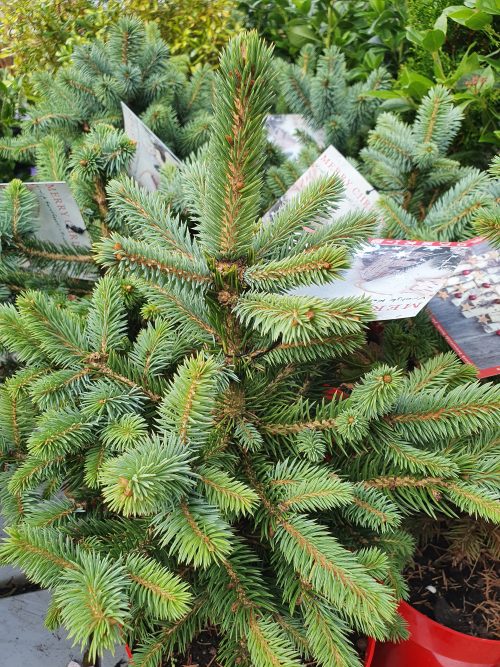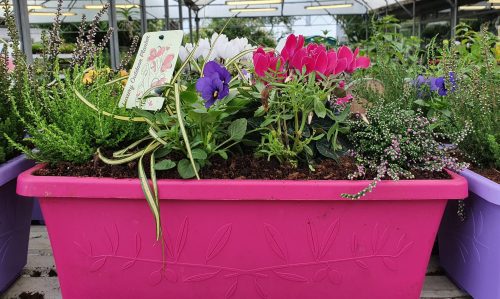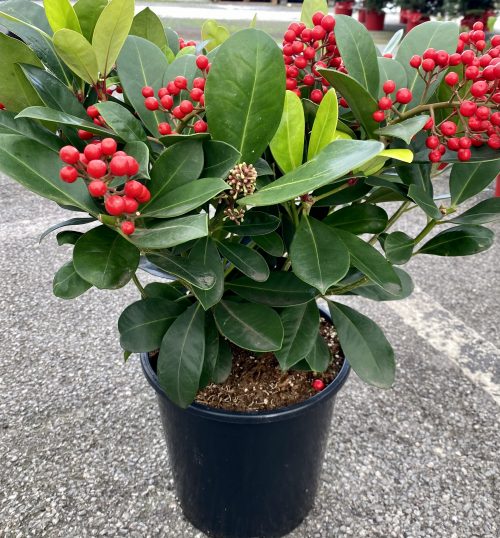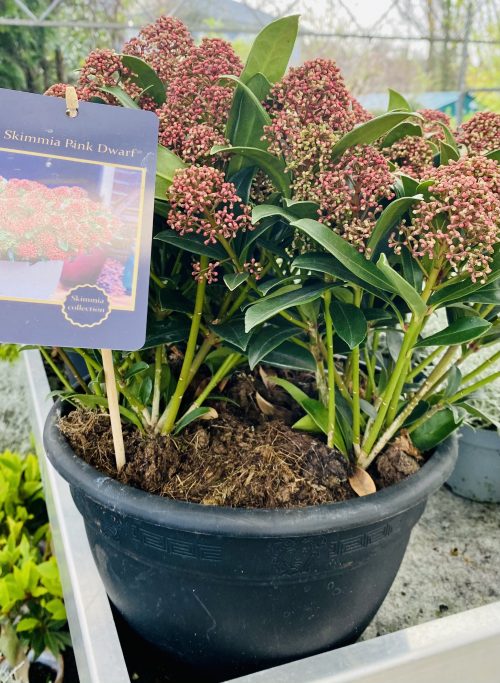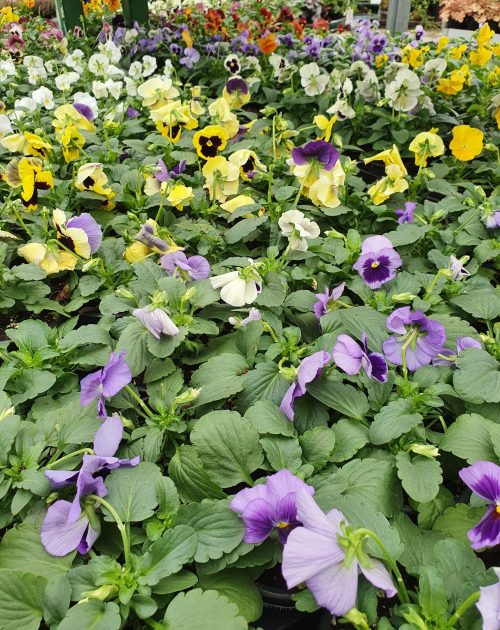A medium sized deciduous shrub with deep purple/pink-red mophead blooms in summer above dark purple tinged green foliage, when grown in neutral to alkaline soils. Flowers in summer and may change to blue/mauve shades when grown on acidic soils or pink on neutral soils.
- Flower Colour: Pink, Red
- Flower Type: Mophead
- Flowering Month: June, July, August, September
- Soil Type: Alkaline, Normal
- Aspect: Partial Shade
- Hardiness*: Hardy
- Foliage Type: Deciduous
- Foliage Colour: Green, Bronze/purple
- Height after 10 years*: 0.9-1.2m (3-4ft)
- Pot Size: 3 Litre
